Home>Furniture & Design>Interior Design Trends>Why Is A Martini Glass Shaped The Way It Is
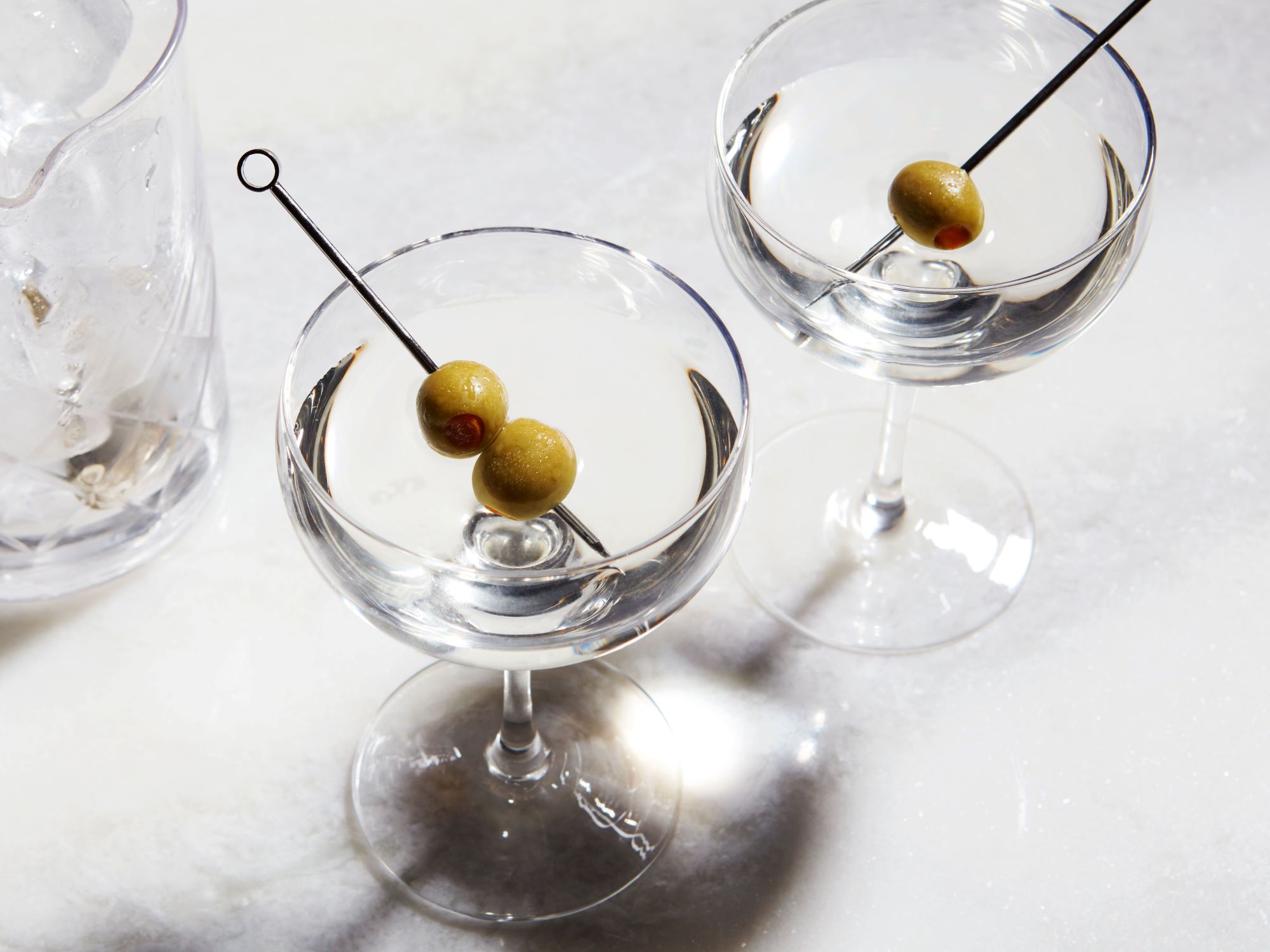

Interior Design Trends
Why Is A Martini Glass Shaped The Way It Is
Modified: April 21, 2024
Discover the significance of the martini glass shape and its influence on interior design trends. Explore the timeless appeal and functional elegance of this iconic glassware.
(Many of the links in this article redirect to a specific reviewed product. Your purchase of these products through affiliate links helps to generate commission for Storables.com, at no extra cost. Learn more)
The History of the Martini Glass
The history of the iconic martini glass is as intriguing as the cocktail it holds. The origins of this distinctive glassware can be traced back to the late 19th century. Initially, the martini was served in a coupe glass, which had a wide, shallow bowl. However, as the cocktail culture evolved, so did the vessel that held this beloved libation.
In the 1920s, during the Prohibition era, the martini glass underwent a transformation. The iconic V-shaped design emerged, featuring a long stem and a wide, triangular bowl. This new shape was not only visually striking but also served a practical purpose. The elongated stem prevented the heat from the hand from warming the chilled cocktail, while the wide bowl allowed the aromatic elements of the drink to be savored with each sip.
As the martini gained popularity and became synonymous with sophistication and elegance, the martini glass became a symbol of refinement and luxury. Its sleek, angular silhouette exuded a sense of glamour and sophistication, making it the quintessential vessel for the classic cocktail.
Throughout the decades, the martini glass has remained a timeless icon, gracing the hands of Hollywood stars, socialites, and cocktail enthusiasts alike. Its enduring appeal has solidified its status as a design classic, transcending trends and fads.
Today, the martini glass continues to be a staple in bars and homes around the world, serving as a testament to the enduring legacy of this beloved cocktail and its iconic vessel. The history of the martini glass is a testament to the enduring allure of this timeless libation and the vessel that has become synonymous with its consumption.
Key Takeaways:
- The Martini glass shape, with its V-shaped bowl and long stem, enhances the sensory experience by preserving the cocktail’s temperature and allowing the aroma to be fully appreciated with each sip.
- The iconic martini glass shape not only adds elegance but also creates a psychological connection, evoking feelings of sophistication, luxury, and anticipation, enhancing the overall drinking experience.
The Design and Function of the Martini Glass
The design of the martini glass is a testament to both form and function. Its distinctive V-shaped bowl, long stem, and wide rim serve a dual purpose, combining aesthetics with practicality. The triangular bowl, with its wide rim, allows the drinker to fully experience the aroma of the cocktail, enhancing the overall sensory experience. This design also facilitates the addition of garnishes, such as olives or lemon twists, which further elevate the visual and olfactory appeal of the drink.
The long, slender stem of the martini glass not only adds an element of elegance but also serves a functional role. By keeping the drinker's hand away from the bowl, it prevents the transfer of heat, ensuring that the chilled martini remains at the optimal temperature for an extended period. This feature is crucial, as the martini is best enjoyed when served ice-cold, and any warming of the cocktail could compromise its flavor profile.
Furthermore, the elongated stem also minimizes the risk of condensation forming on the exterior of the glass, preventing the drinker's hand from slipping and maintaining the pristine presentation of the cocktail. This attention to detail underscores the thoughtful design considerations that have made the martini glass an enduring symbol of sophistication and refinement.
In addition to its functional attributes, the martini glass's design has become synonymous with elegance and luxury. Its sleek lines and classic silhouette exude a sense of timeless style, making it a favored choice for upscale events and cocktail parties. The visual impact of the martini glass, with its elongated stem and angular bowl, adds a touch of glamour to any setting, elevating the drinking experience to a new level of sophistication.
The design and function of the martini glass are a harmonious blend of practicality and elegance, making it an indispensable vessel for enjoying the classic cocktail. Its enduring appeal lies not only in its visual allure but also in its ability to enhance the sensory aspects of imbibing a well-crafted martini. As such, the martini glass stands as a testament to the seamless integration of form and function in the world of cocktail culture.
The Influence of Pop Culture on the Martini Glass Shape
The martini glass has been deeply entrenched in popular culture, becoming an enduring symbol of sophistication and refinement. Its association with the glamorous world of Hollywood and the allure of the cocktail culture has significantly influenced its shape and design.
The mid-20th century marked a pivotal period in the martini glass's evolution, as it became an iconic prop in films and television shows. The sleek, angular silhouette of the martini glass became synonymous with elegance and luxury, often depicted in the hands of suave leading men and glamorous leading ladies. This prominent placement in popular media solidified the martini glass as a symbol of sophistication, elevating its status beyond a mere vessel for a cocktail.
The influence of pop culture on the martini glass shape extended beyond the silver screen, permeating into the realms of fashion, art, and design. The glass's distinctive V-shaped bowl and elongated stem became a design motif, inspiring architects, fashion designers, and artists alike. Its sleek lines and timeless appeal made it a coveted symbol of refinement, with its shape often replicated in various forms of creative expression.
Moreover, the martini glass's association with the "Martini culture" of the mid-20th century, characterized by cocktail parties and social gatherings, further cemented its iconic status. Its shape became synonymous with the sophistication and allure of the era, perpetuating its influence on popular culture and design.
As popular culture continued to evolve, the martini glass shape remained a steadfast symbol of timeless elegance and sophistication. Its enduring presence in films, television, and other forms of media has ensured that its influence on the collective perception of refinement and luxury endures to this day.
In essence, the influence of pop culture on the martini glass shape has been profound, shaping its identity as an enduring symbol of sophistication and refinement. Its iconic silhouette has transcended its original function, becoming a cultural icon that continues to captivate and inspire across generations.
The shape of a martini glass is designed to keep the drink cold and maintain its flavor. The wide, shallow bowl allows for easy swirling and the long stem prevents the heat from your hand warming the drink.
The Evolution of the Martini Glass Shape
The evolution of the martini glass shape is a fascinating journey that reflects the ever-changing landscape of cocktail culture and design trends. From its humble beginnings as a simple vessel for serving the classic martini to its iconic status as a symbol of sophistication and refinement, the martini glass has undergone a remarkable transformation over the decades.
The early 20th century saw the martini glass transition from the traditional coupe glass to the now-iconic V-shaped design. This shift was not merely a matter of aesthetics; it was a response to the evolving preferences of cocktail enthusiasts. The elongated stem and wide, triangular bowl of the new design were not only visually striking but also served a practical purpose. The elongated stem prevented the transfer of heat from the drinker's hand, ensuring that the chilled martini remained at the optimal temperature for an extended period. Meanwhile, the wide bowl allowed the aromatic elements of the cocktail to be fully appreciated with each sip, enhancing the overall sensory experience.
As cocktail culture continued to flourish, the martini glass shape became synonymous with elegance and luxury. Its sleek, angular silhouette exuded a sense of glamour, making it the quintessential vessel for the classic cocktail. The martini glass was not just a means of serving a drink; it became a statement of sophistication and refinement, gracing the hands of Hollywood stars, socialites, and cocktail enthusiasts alike.
In recent years, the evolution of the martini glass shape has taken on a more diverse and eclectic character. While the classic V-shaped design remains a timeless favorite, contemporary interpretations have emerged, offering a fresh take on this iconic vessel. Designers and mixologists have explored variations in bowl shape, stem length, and overall proportions, infusing the martini glass with a renewed sense of creativity and innovation.
The evolution of the martini glass shape is a testament to its enduring appeal and adaptability. While it has retained its timeless elegance, it has also embraced modern influences, reflecting the dynamic nature of cocktail culture and design trends. As the martini continues to hold its place as a beloved classic, the evolution of its iconic vessel will undoubtedly continue, guided by a blend of tradition, innovation, and the ever-changing tastes of cocktail enthusiasts.
The Psychological Impact of the Martini Glass Shape
The psychological impact of the martini glass shape extends far beyond its functional role as a vessel for serving cocktails. The design of the martini glass, with its distinctive V-shaped bowl, long stem, and wide rim, has a profound influence on the perception and experience of enjoying a martini.
From a psychological standpoint, the martini glass shape evokes a sense of elegance and sophistication. Its sleek, angular silhouette exudes a timeless allure, creating an immediate association with refinement and luxury. When a martini is presented in this iconic vessel, it sets the stage for a heightened sensory experience, elevating the act of imbibing the cocktail to a more sophisticated and indulgent level.
Furthermore, the elongated stem of the martini glass serves to enhance the drinker's sense of grace and poise. Holding the slender stem delicately between the fingers imparts a sense of elegance and sophistication, adding a tactile dimension to the act of enjoying the cocktail. This physical interaction with the glass can contribute to a heightened appreciation of the martini, creating a psychological connection between the drinker and the experience of savoring the libation.
The wide, triangular bowl of the martini glass also plays a crucial role in shaping the psychological impact of the vessel. Its expansive rim allows the aromatic elements of the cocktail to be fully expressed, engaging the olfactory senses and enhancing the overall sensory perception. This aromatic presentation can evoke feelings of anticipation and pleasure, setting the stage for a more immersive and gratifying drinking experience.
Moreover, the martini glass shape has become deeply ingrained in the collective consciousness as a symbol of sophistication and refinement. Its association with classic Hollywood glamour and the timeless allure of cocktail culture has imbued it with a psychological resonance that transcends its utilitarian function. When one encounters a martini served in its iconic vessel, it evokes a sense of indulgence and luxury, creating a psychological connection between the drinker, the cocktail, and the broader cultural connotations associated with the martini glass.
In essence, the psychological impact of the martini glass shape is multifaceted, encompassing elements of elegance, sensory engagement, and cultural symbolism. Its design not only enhances the visual and tactile aspects of enjoying a martini but also contributes to a deeper psychological connection with the cocktail, elevating the overall drinking experience to a more refined and gratifying level.
Frequently Asked Questions about Why Is A Martini Glass Shaped The Way It Is
Was this page helpful?
At Storables.com, we guarantee accurate and reliable information. Our content, validated by Expert Board Contributors, is crafted following stringent Editorial Policies. We're committed to providing you with well-researched, expert-backed insights for all your informational needs.
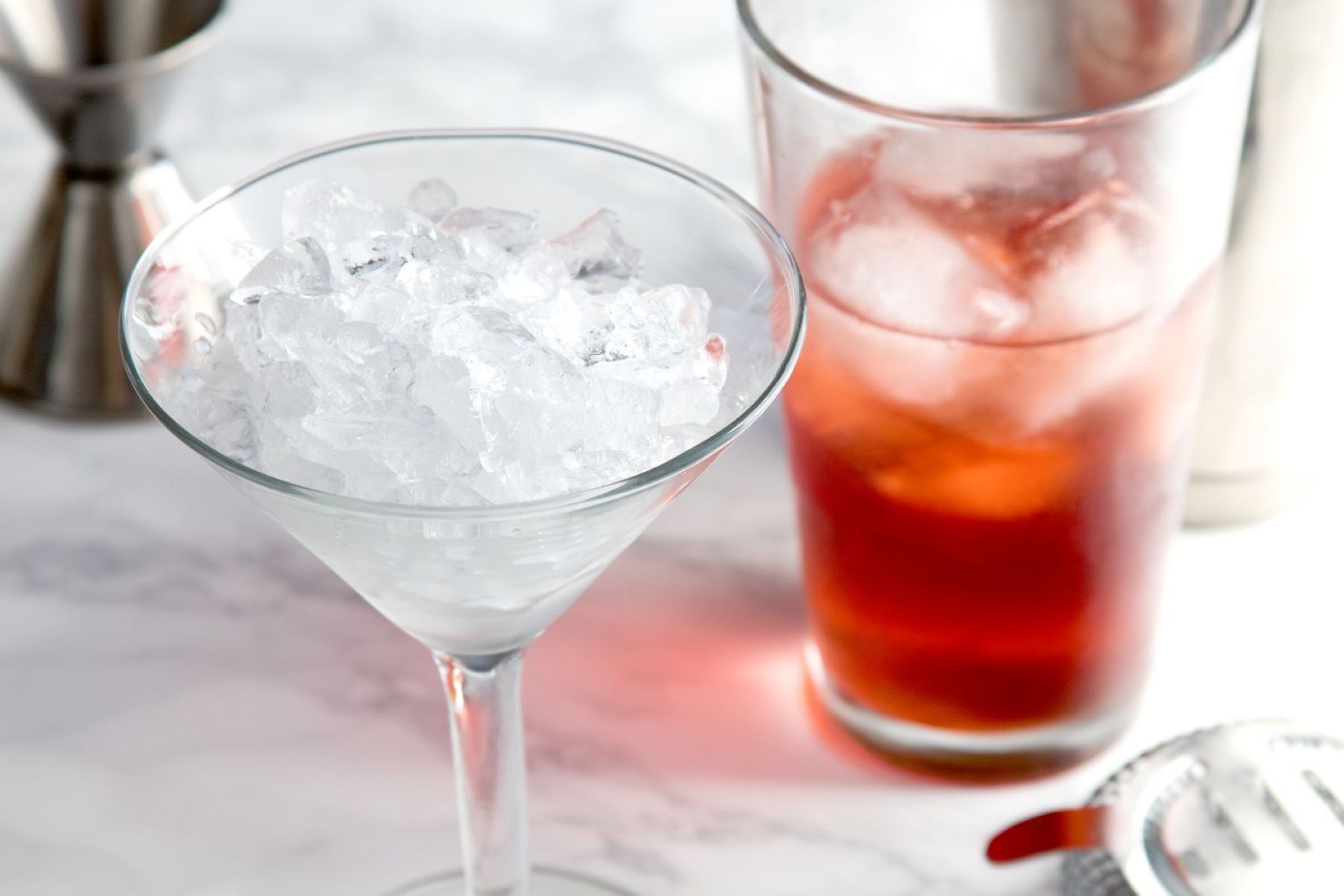
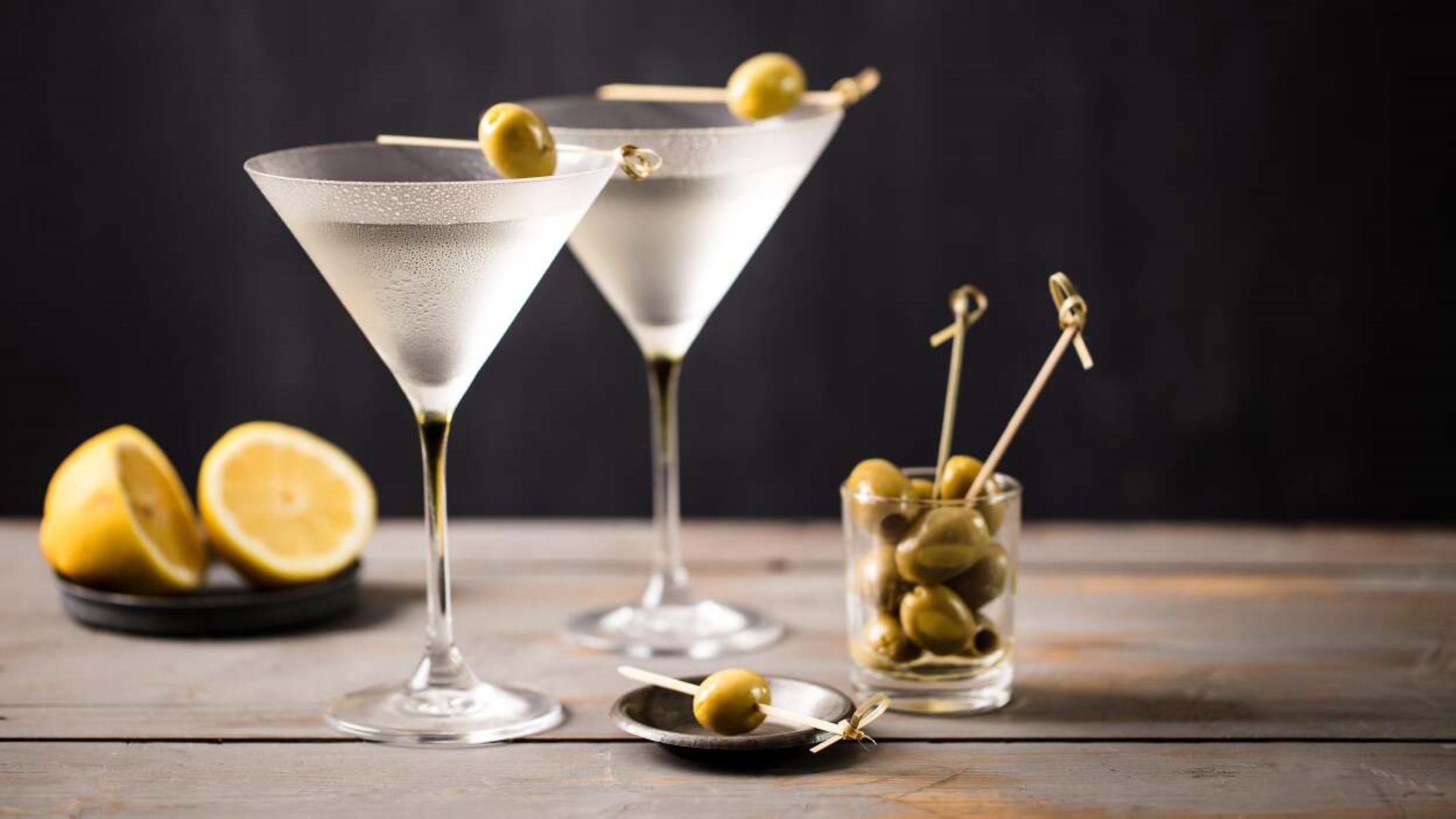
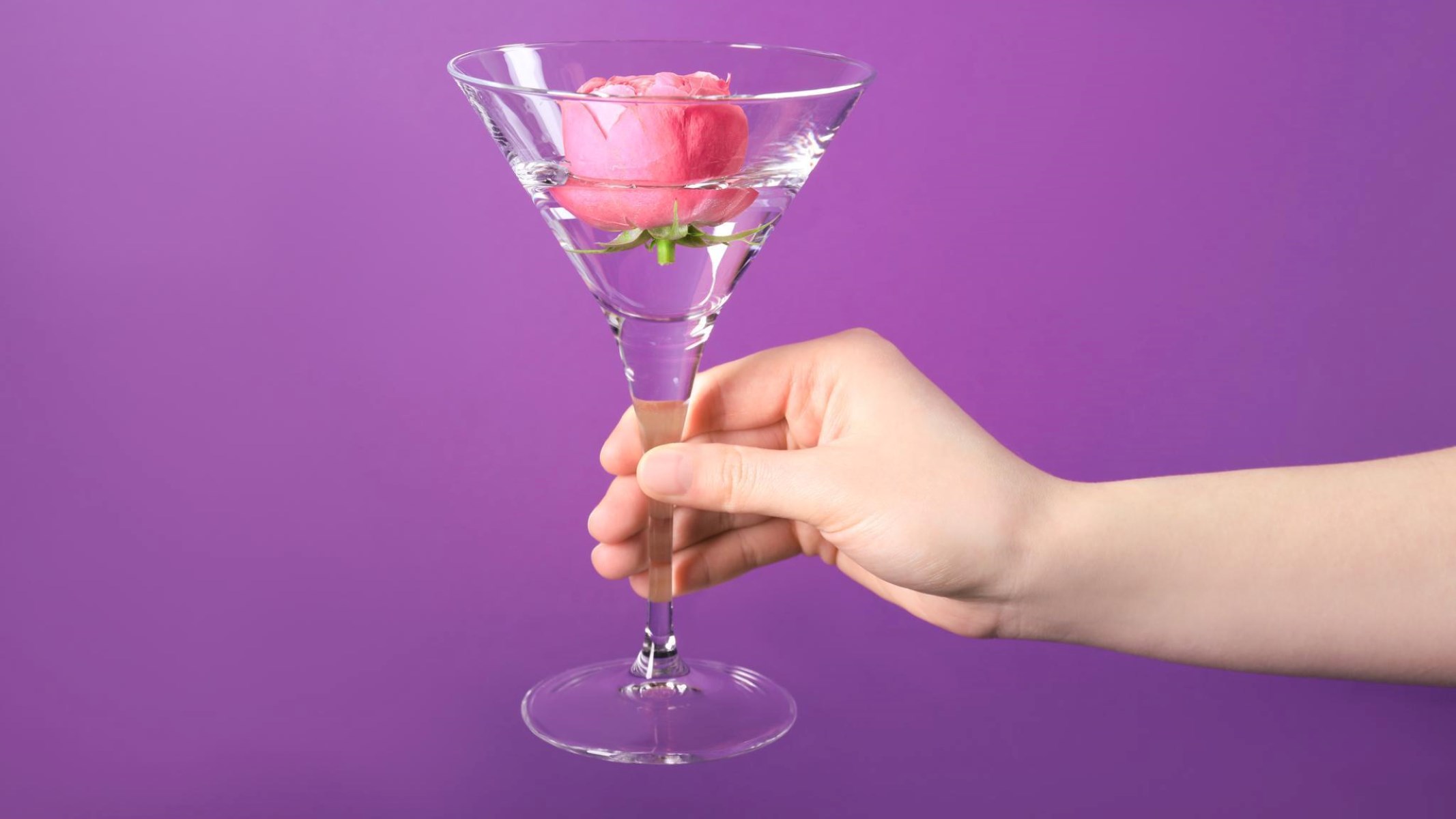
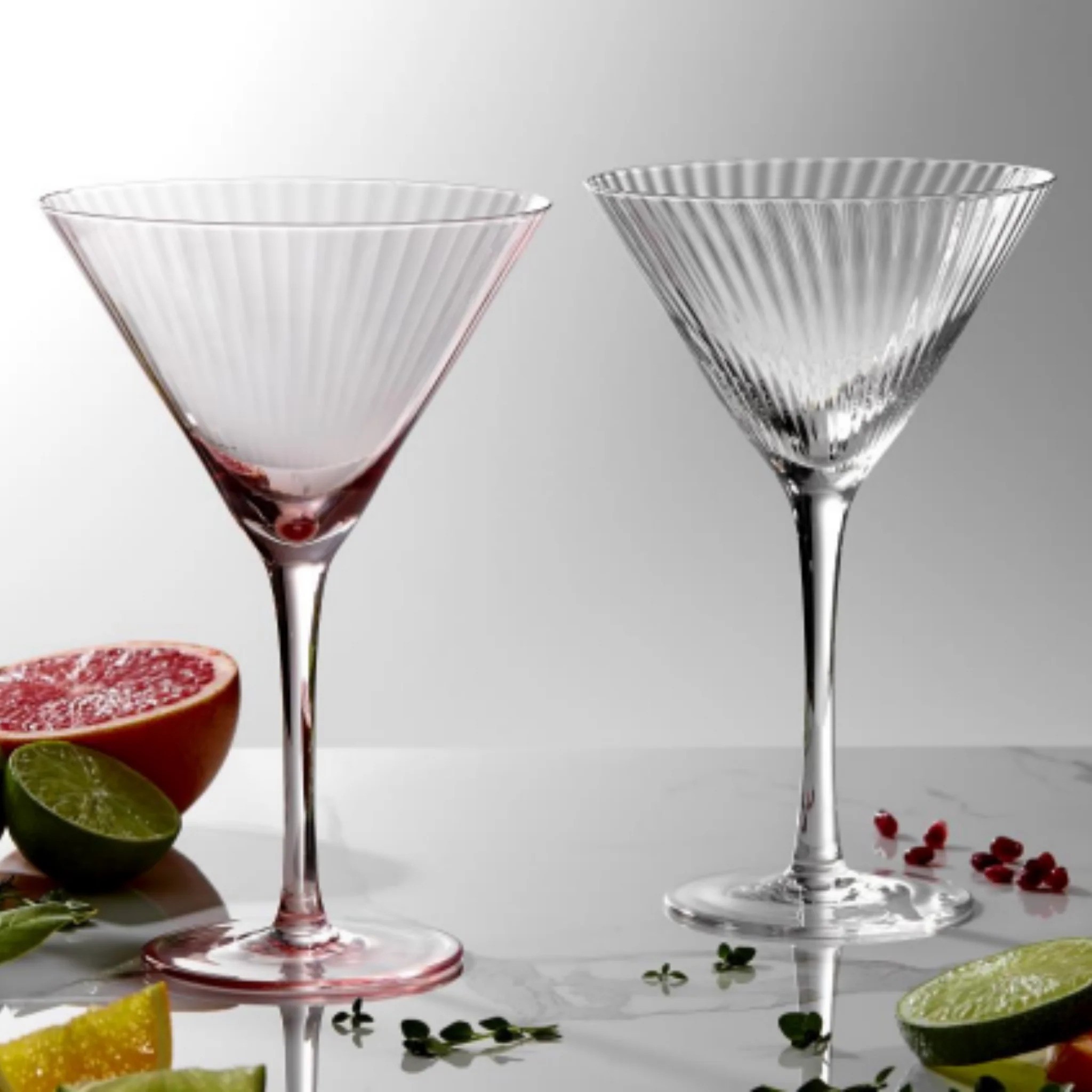
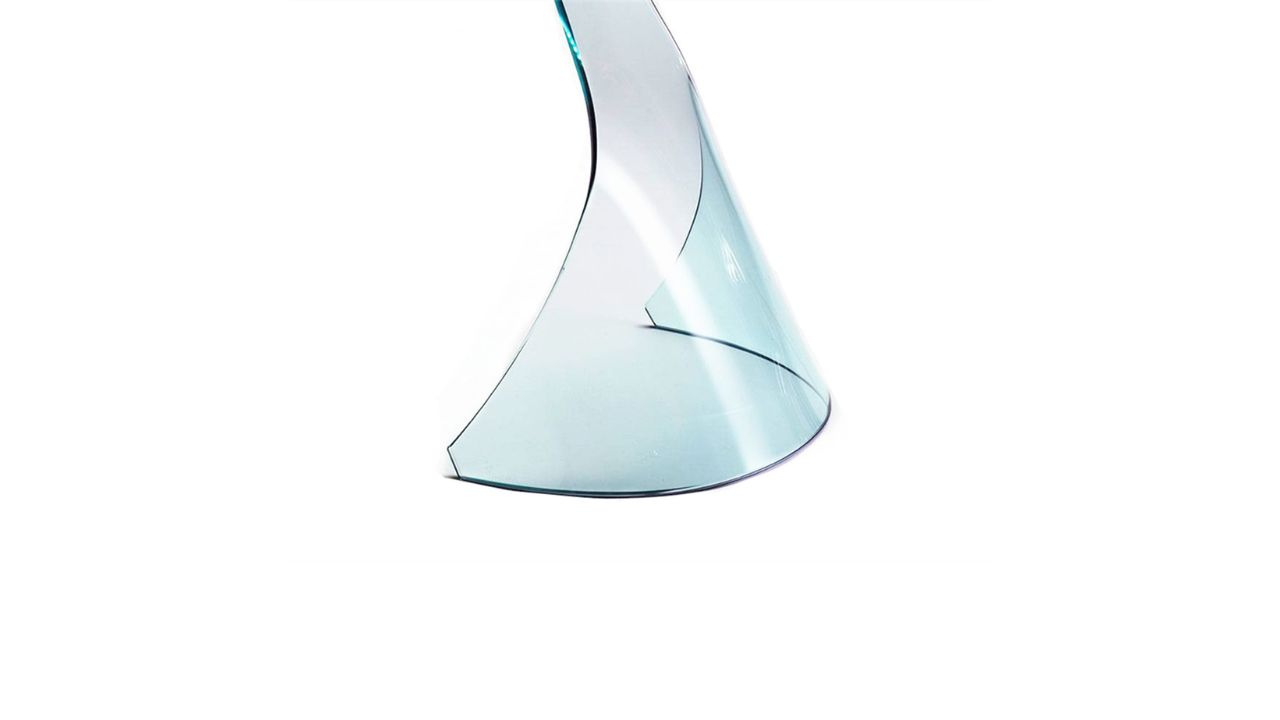
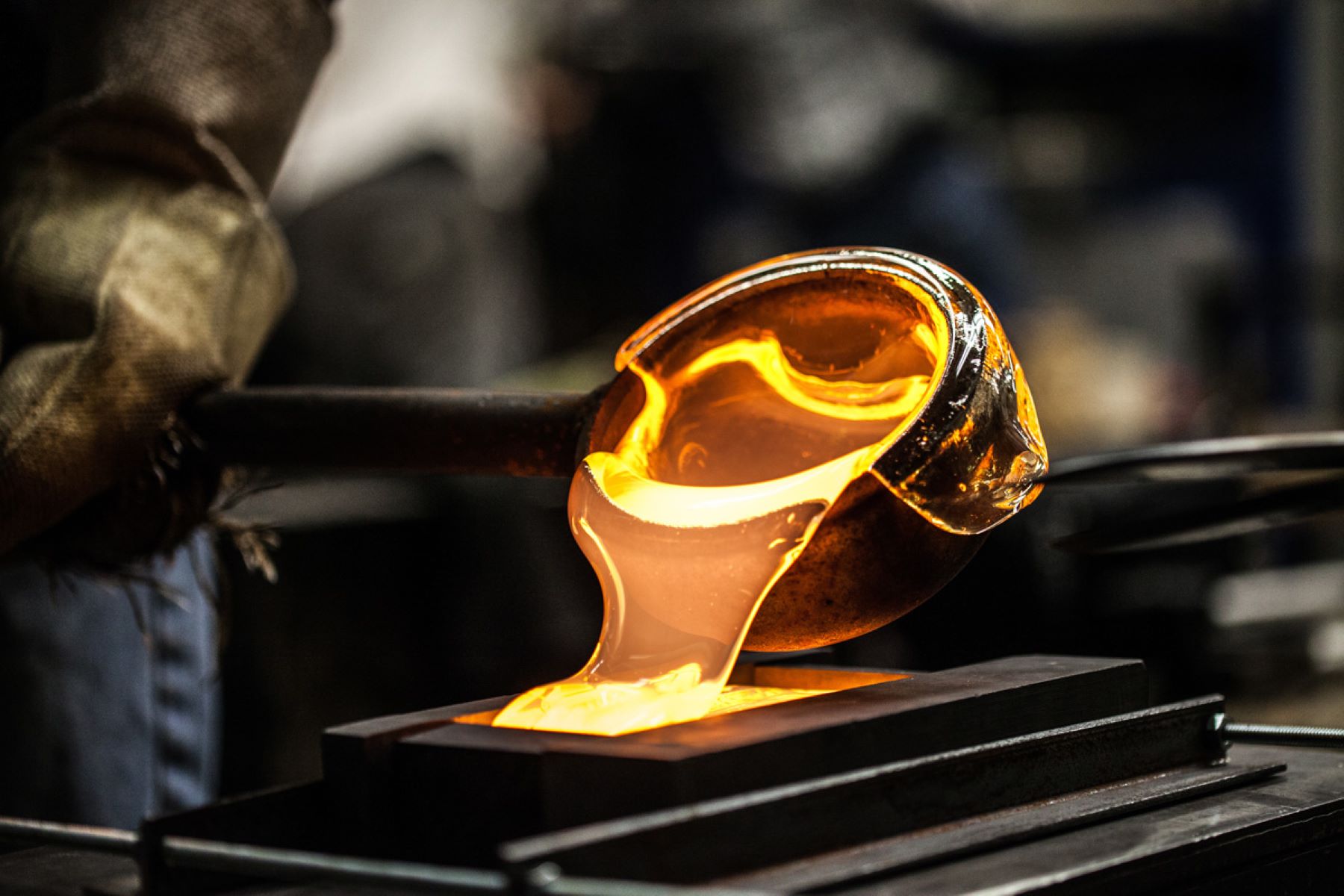
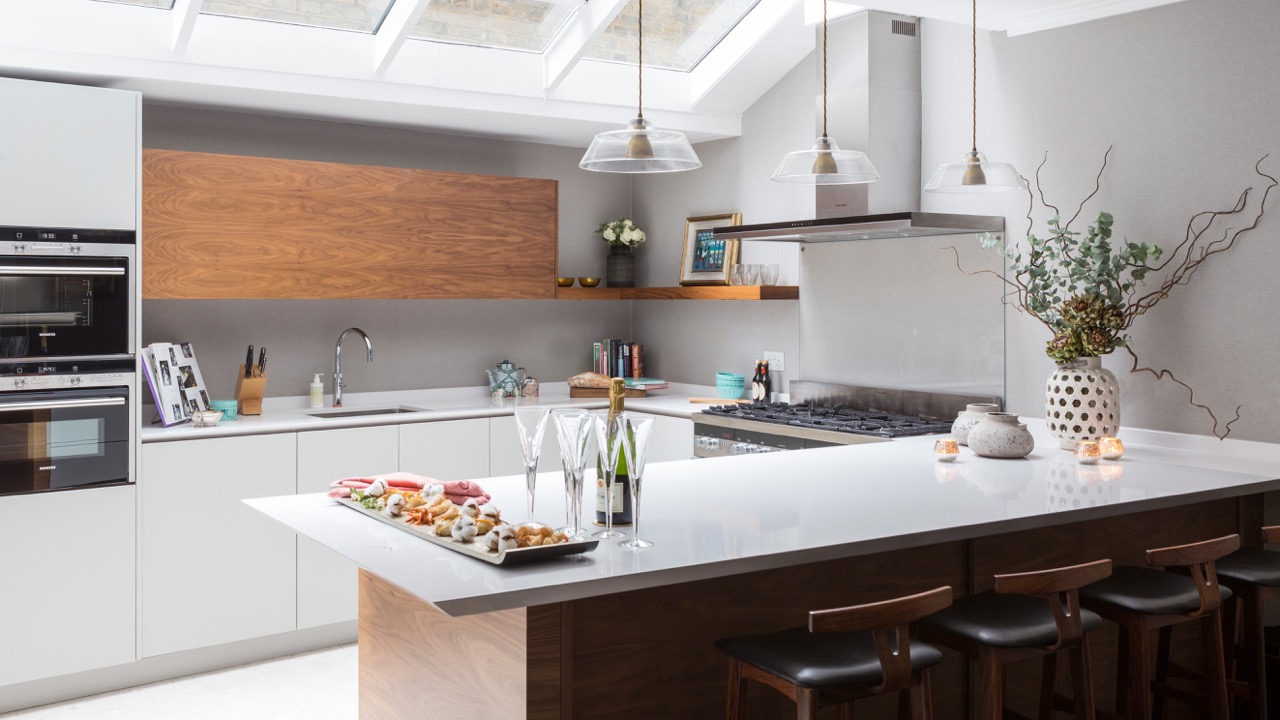
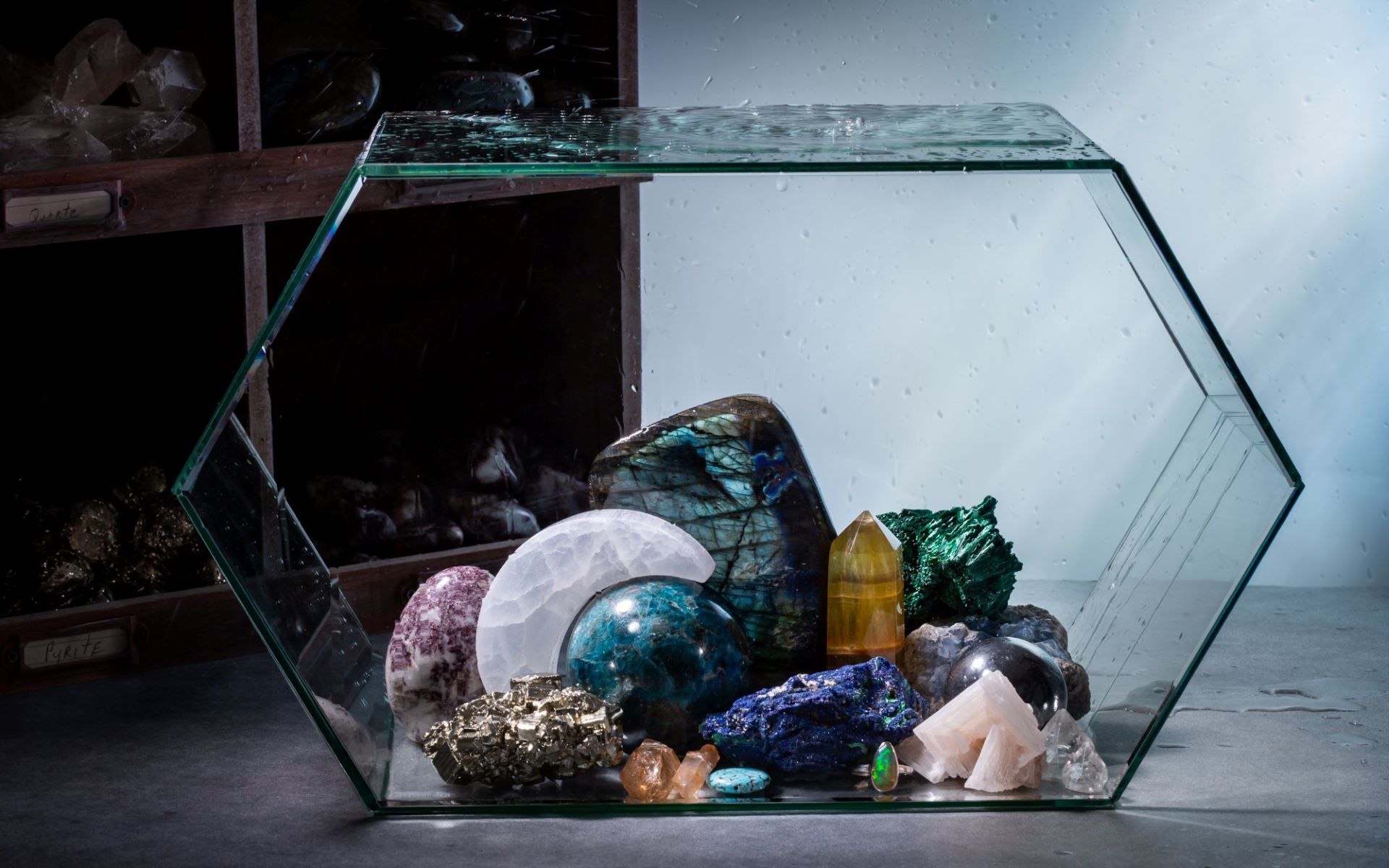

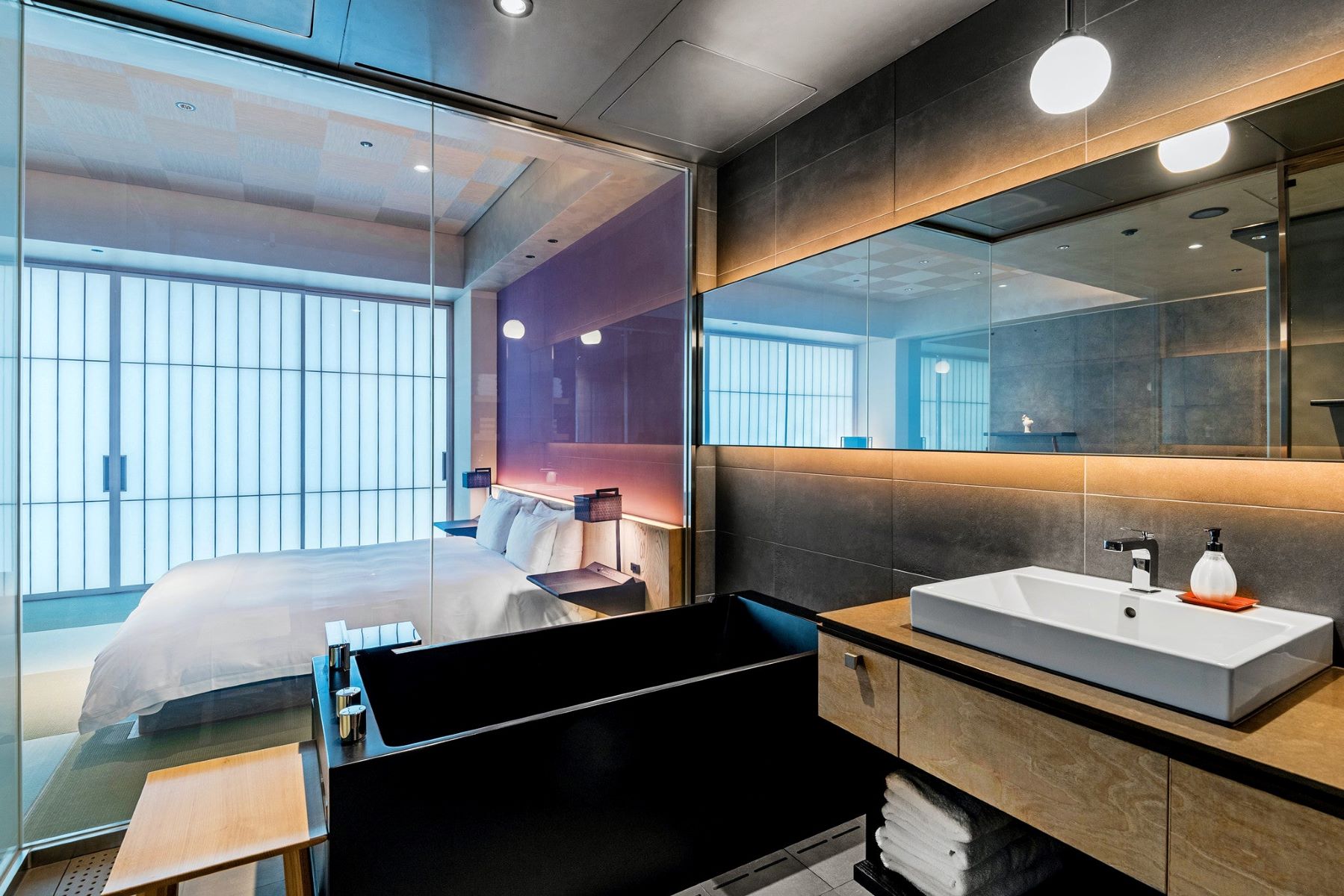
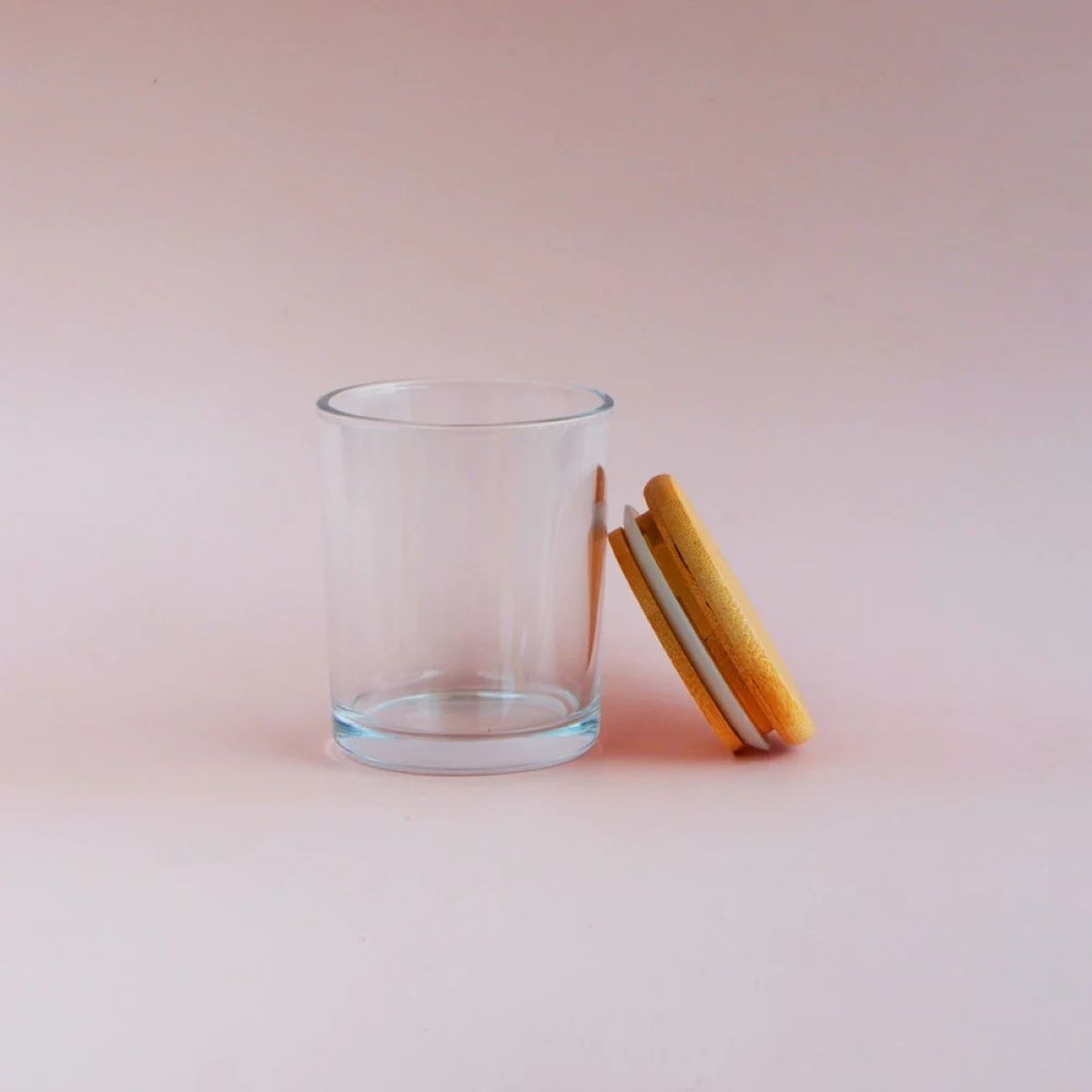





0 thoughts on “Why Is A Martini Glass Shaped The Way It Is”